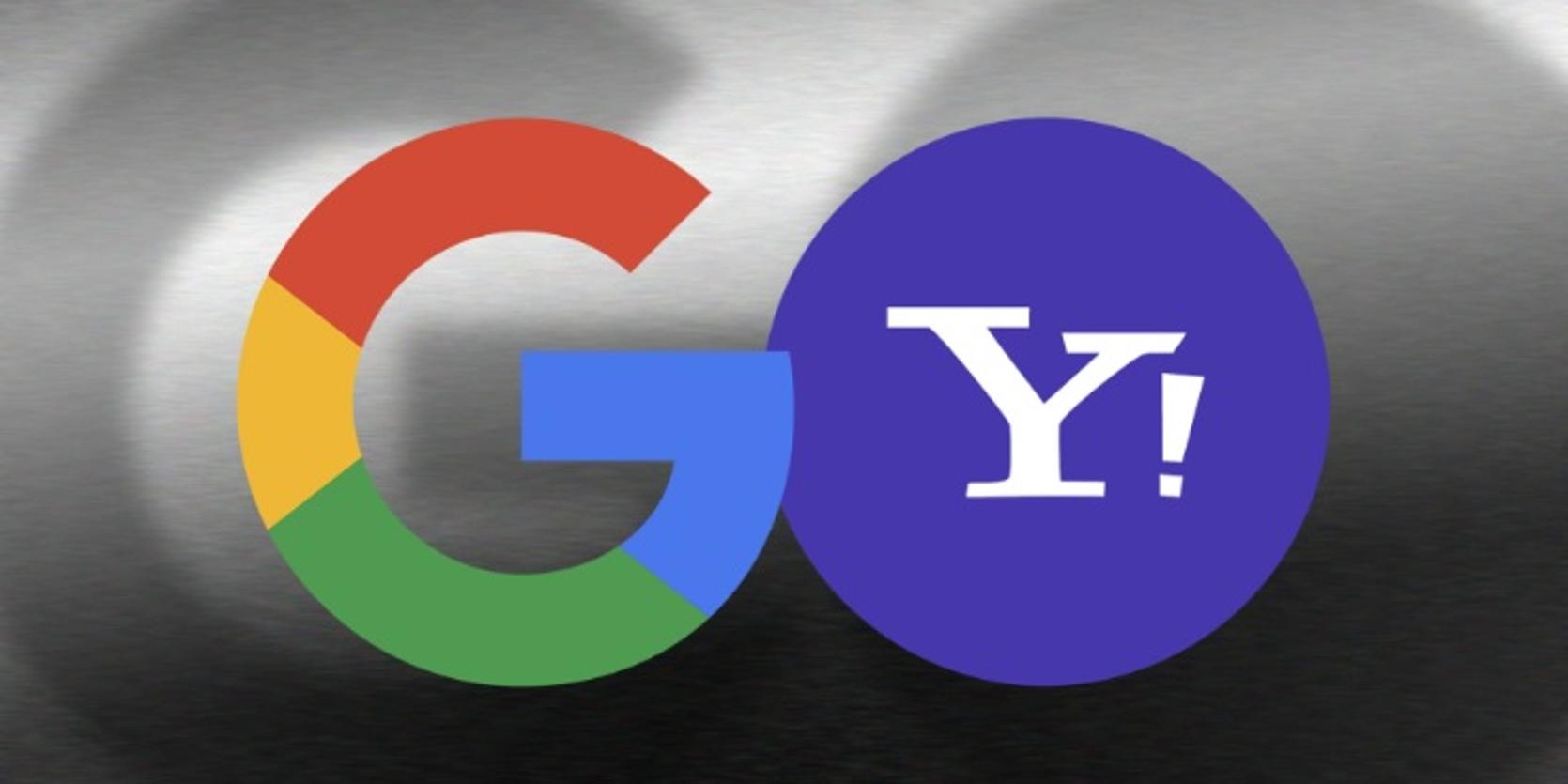Google and Yahoo are intensifying their battle against the deluge of bulk email spam commencing in early 2024. Both companies are set to implement fresh and stricter guidelines for bulk email senders employing their platforms for mass email distributions.
On Tuesday, Google and Yahoo released blog posts detailing the novel regulations designed to shield users from unwanted and unsolicited emails.
In its blog post, Google confirmed that its current AI-powered defenses thwart over 99.9% of spam, phishing, and malicious emails from infiltrating the inboxes of Gmail users. However, over the two decades since Gmail’s inception, email-based threats have evolved in complexity.
Marcel Becker, senior director of product management at Yahoo, said “No matter who their email provider is, all users deserve the safest, most secure experience possible,”
“In the interconnected world of email, that takes all of us working together. Yahoo looks forward to working with Google and the rest of the email community to make this common sense, high impact changes the new industry standard,” he said.
So, here we go again, another apparent attempt by Google and Yahoo to “battle spam” with their so-called new rules for bulk emails.
New Requirements For Bulk Senders
By February 2024, Gmail will start to require that bulk senders:
- Authenticate their email: You shouldn’t need to worry about the intricacies of email security standards, but you should be able to confidently rely on an email’s source. So we’re requiring those who send significant volumes to strongly authenticate their emails following well-established best practices.
- Enable easy unsubscription: You shouldn’t have to jump through hoops to stop receiving unwanted messages from a particular email sender. It should take one click. Gmail is requiring that large senders give Gmail recipients the ability to unsubscribe from commercial email in one click, and that they process unsubscription requests within two days.
- Ensure they’re sending wanted email: Nobody likes spam, and Gmail already includes many tools that keep unwanted messages out of your inbox. To add yet another protection, moving forward, we’ll enforce a clear spam rate threshold that senders must stay under to ensure Gmail recipients aren’t bombarded with unwanted messages.
It’s almost comical at this point to think that these tech giants can actually put a dent in the ever-growing problem of spam. Let’s break down these new rules and why they are utterly insufficient.
First of all, Google’s rules are set to kick in on February 2024 for senders who send more than 5,000 messages to Gmail users per day. Really, Google? 5,000 messages? Is that supposed to impress us? It’s like trying to bail out a sinking ship with a teacup.
By the time you’ve hit 5,000 messages, most of the damage is already done. Why not implement stricter rules, like those for legitimate email marketing campaigns? It’s high time they start cracking down on bulk senders and holding them accountable for their spammy practices.
As for Yahoo, their rules will come into effect sometime in the first quarter of 2024. Why the vague timeline? It’s almost as if they’re giving the spammers a heads up, allowing them a grace period to stockpile their spam emails and blast out that very last drop.
If Yahoo is truly serious about reducing spam, they should have acted years ago and set strict rules without unnecessary delays while elevating the stress on global email systems.
Now, let’s address the elephant in the room – these rules won’t stop the millions of spam emails sent by the likes of guest posting reseller beggars and other shady parasite entities.
The sad truth is that spammers are like water; they find the path of least resistance. They are constantly adapting and evolving, and these rules are merely a minor inconvenience to them. They will undoubtedly find new ways to work around these regulations, as they always have.
Spammers will just create more spam accounts and distribute their bulk mail between them. This will inevitably lead to an increase in the number of spam accounts created.
It’s a never-ending cat and mouse game that only results in more collateral damage for regular users who have to sift through their overflowing spam folders.
The big tech companies must understand that they’re playing catch-up and should be more proactive in combating spam, rather than relying on these half-baked rules.
It’s mind-boggling that Gmail, with its colossal user base and vast resources, still can’t seem to get a grip on the spam problem. Just look at these staggering statistics: in 2022, a whopping 121.6 billion emails were exchanged on Gmail daily.
With more than 2.1 billion users worldwide, it’s practically the email juggernaut of our time. Yet, for all its grandeur, Gmail appears woefully inadequate when it comes to combating spam effectively.
Despite these astronomical figures, it’s undeniable that spam still swarms our Gmail inboxes like an unrelenting plague. Over 890 million users access their Gmail accounts via mobile phones, making it even more critical for the platform to deliver a clean, clutter-free experience. Yet, that’s not what many of us receive.
The sheer number of Gmail app downloads and users from various industries, like marketing, branding, and social media, only amplifies the magnitude of the spam issue.
Not only that, Google’s claim that its AI-powered defenses thwart over 99.9% of spam and phishing emails might seem impressive, but the truth is, email-based threats have evolved significantly over the years.
Gmail’s 36.5% market share dominance should come with a greater sense of responsibility. With 2 billion monthly active users and an average account hosting over 17,000 emails, Gmail needs to step up its game and offer a more robust defense against the never-ending deluge of spam.
Gmail needs to acknowledge the frustration of its user base, which spans diverse demographics, with the majority between the ages of 25 and 34. And let’s not forget that 42.4% of users access Gmail through mobile devices.
These statistics make it abundantly clear that Gmail’s spam problem isn’t just an annoyance; it’s a genuine hindrance to productivity.
Gmail and Yahoo must do better. It should invest more in innovative solutions to weed out spam effectively and deliver the user experience its massive user base deserves.
It’s dominance in the email realm demands a correspondingly dominant effort in spam control. So, Google, it’s high time to up your game and give us an inbox that’s free from the clutter of unwanted and irrelevant emails.
Gmail’s Market Share Among Email Service Providers
According to a report on the most popular email services ranked by the percentage of email opens. Gmail had the biggest share among the various email service providers during the research period, accounting for 36.5% of email openings. Gmail’s market share is estimated to be more than 36.5%.
Gmail’s User/Market Share In Each Country
In India, Gmail dominates with a staggering 93.9% market share, making it the country with the highest concentration of Gmail users. Following closely behind are Brazil at 89.11% and Italy at 88.54%, as per the available data.
The data underscores the significant impact of Google Chrome usage, as a whopping 99% of Google Chrome users are also linked to a Gmail account, greatly influencing the search engine market share.
It’s infuriating how Gmail and Yahoo think that by restricting bulk emails to a paltry 5000, they’re going to put an end to spam once and for all. The truth is, it’s an exercise in futility. Spammers are nothing if not resourceful, and they’ll find a way around these rules in no time.
What’s going to happen is that these spammers will simply create more spam accounts, each distributing their unsolicited junk in smaller, more elusive quantities.
They’ll use proxies that mimic real ISP level user IP’s and other evasion tactics to keep their nefarious activities going strong. In essence, these rules are like trying to plug a leaky dam with a piece of gum. It might work for a moment, but the flood will keep coming.







